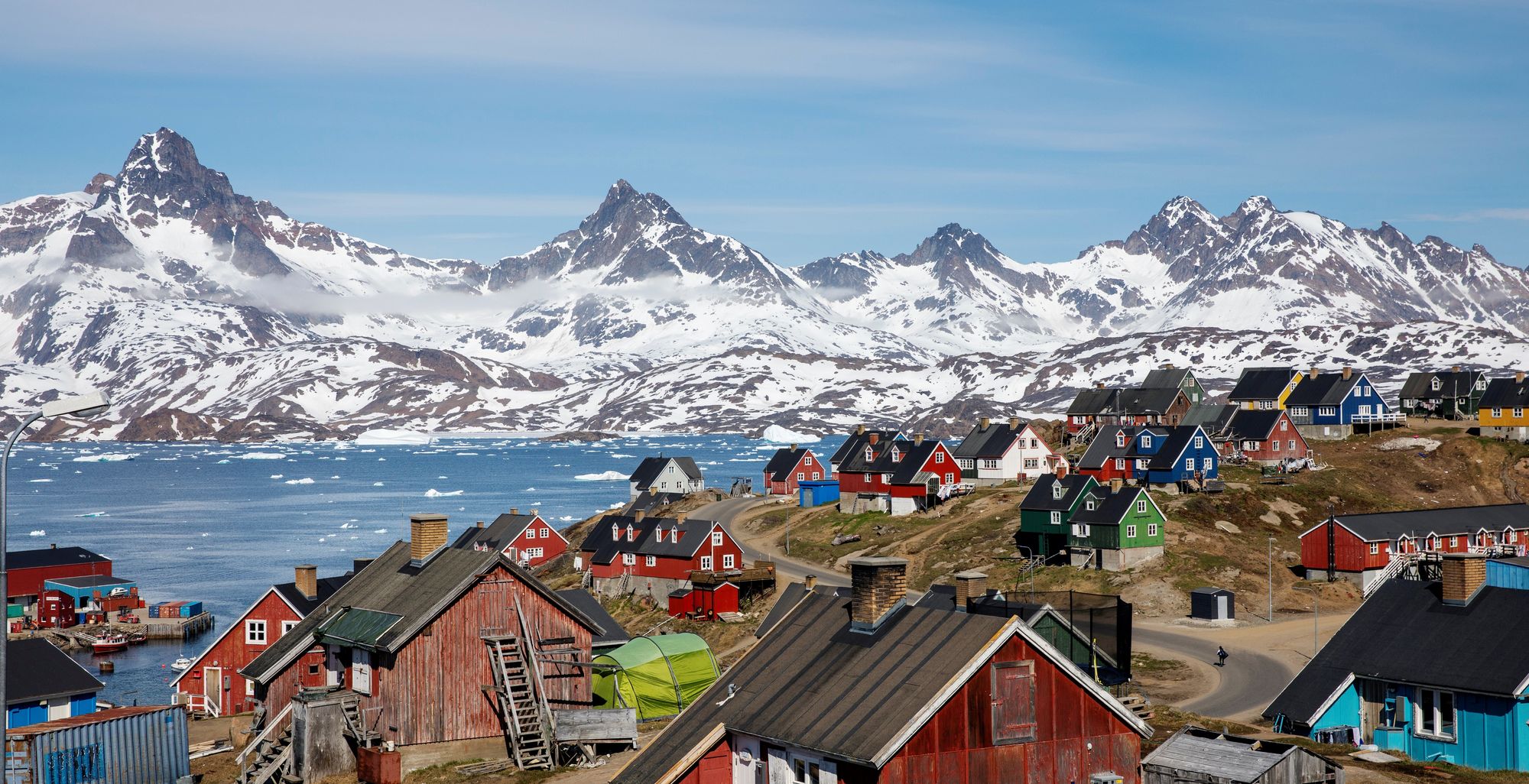Why Trump Desperate for Greenland?
It is not the first time that Washington has launched such an offer to the Copenhagen authorities. Trump, is not the first U.S. President to make attempts at buying Greenland, with Harry S. Truman in 1946 offering $100 million.





